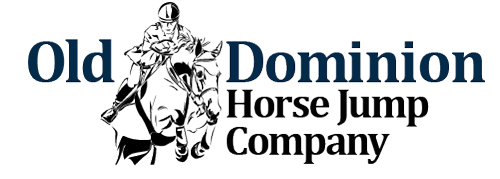As a horse owner, one of the most exciting activities you can engage in with your horse is jumping. It is exhilarating, fun, and one of the best training methods for both you and your horse. However, safety is paramount. One of the most important pieces of equipment you’ll need when training and competing is a wing standard horse jump.
Wing standards are fundamental and are found in almost every equestrian event, from training to competitions. However, without the appropriate precautions and safety measures, wing standard horse jumps can also be dangerous. In this post, we will discuss the essential precautions and safety measures you need to have in place when using wing standards for your horse.
Choose the Right Materials – A combination of wood, steel, and PVC is the most popular choice amongst horse owners, but it is essential to source quality materials. Skimping on quality could lead to accidents, causing harm to both you and your horse.
Maintain Regularly – Another crucial factor to consider is the upkeep of the horse jumps. Wing standards, just like any other equipment, can become worn out or damaged with use. Regular maintenance helps to increase their lifespan and ensure that they are safe to use. Make sure to inspect your jump equipment regularly and replace any parts that show signs of wear and tear immediately.
Proper Height for the Horse & Rider – Before using wing standards, it is essential to make sure you choose the right height for both you and your horse. So, it would be best if you considered your riding skills and your horse’s jumping ability before making any decisions. Avoid setting jumps too high or too low, as this can be dangerous for both the rider and the horse.
Use Secure Anchorage – When setting up your wing standard horse jump, it is essential to use secure anchorage to prevent the wings from collapsing under the weight of your horse. Make sure to use heavy-duty steel pegs or anchors to keep your jump safely in place.
Train with a Professional – Finally, it is always best to train with an experienced equestrian coach, particularly if you are new to jumping. A professional trainer can help you set up proper jump courses and teach you how to jump safely.

